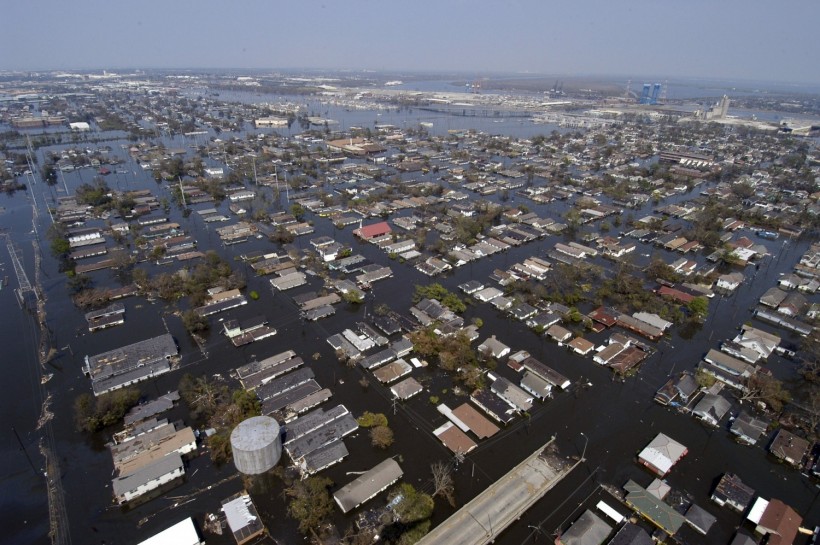According to new research published in Geophysical Research Letters, earthquakes can detect floods that are approaching them quickly. The researchers made this discovery based on data generated by the seismometer during Germany's severe flood in 2021.

New Orleans Louisiana
Flood Detection Using Seismometers
In July 2021, communities in Germany's Ahr Valley were devastated by a flood that washed away homes and claimed at least 196 lives, according to Science.org. When investigating that incident, the researchers found that a nearby seismometer station, designed to track earthquakes, captured crucial information about the flood as it was occurring.
According to Michael Dietze, the lead author of the new study and a postdoctoral researcher at the University of Göttingen, if the data stream from that station had been accessible and analyzed as the research now demonstrates, it would have been possible to obtain crucial real-time data on the size and speed of the flood.
Despite the fact that it is only one case study, according to Dietze, the researchers believe that other existing seismic sensors, such as the one used to analyze the Ahr Valley earthquake, could be used to detect future catastrophic flooding. Because the current network of water level stations is insufficient to be effectively prepared for upcoming catastrophes, it could completely alter the landscape for other flood-prone locations.
Broken River Gauges During Flooding
According to The Verge, three hydrological stations used to measure water levels along the Ahr river were destroyed by flooding after a record-breaking amount of rain fell in July 2021. This swiftly rendered the river gauges ineffective as the river continued to grow. Decision makers were essentially in the dark when water levels climbed exponentially because they lacked knowledge of any of these dynamics.
On the other hand, the seismometer could safely detect the motion of the water from a distance of around 1.5 kilometers. The sensor not only survived, but it was also able to capture more comprehensive data than the hydrological stations could have even if they had remained standing. This is due to the fact that the majority of river gauges can only measure water levels. On the other hand, the earthquake sensor may read seismic signals to assess flood velocity and water level and any risks that the floodwaters may carry, such as cars or the debris of demolished homes.
ALSO READ: Researchers Can Forecast Earthquake with 80% Accuracy By Examining the Ionosphere
Seismic Sensors For Future Use
While the focus of this study was the flood in Germany in 2021, its findings may help future efforts to alert the public in advance about floods in the Ahr Valley and other areas with similar topography. Water level gauges are scarce in many parts of the world. If they exist, rushing floodwaters can quickly obliterate them. Additionally, the data they collect frequently includes water levels and is interspersed with timed readings. The researchers argue that it makes sense to support them with current seismic sensors, which are already created to quickly pick up on unexpected rumblings, in light of all those considerations.
The more seismic sensors there are, the better the data warn people of impending risks from earthquakes, floods, or related landslides. To fulfill those needs, current networks of earthquake sensors would need to be supplemented with new sensors and technology. According to Advancing Earth and Space Science, this may be accomplished in the Ahr Valley and other topographically similar flood-prone areas of Europe for a small portion of the damage total estimated to be in the tens of billions of euros from the disaster in 2021.
RELATED ARTICLE: Olivine Crystals Can Trigger Deep Earthquake, Recent Study Claims
Check out more news and information on Technology in Science Times.




![Earth's Quasi-Moon Kamo‘oalewa Could Originate From Lunar Surface Not Asteroid Belt [Study]](https://1721181113.rsc.cdn77.org/data/thumbs/full/53275/89/56/50/40/earths-quasi-moon-kamo-oalewa-could-originate-from-lunar-surface-not-asteroid-belt-study.png)









